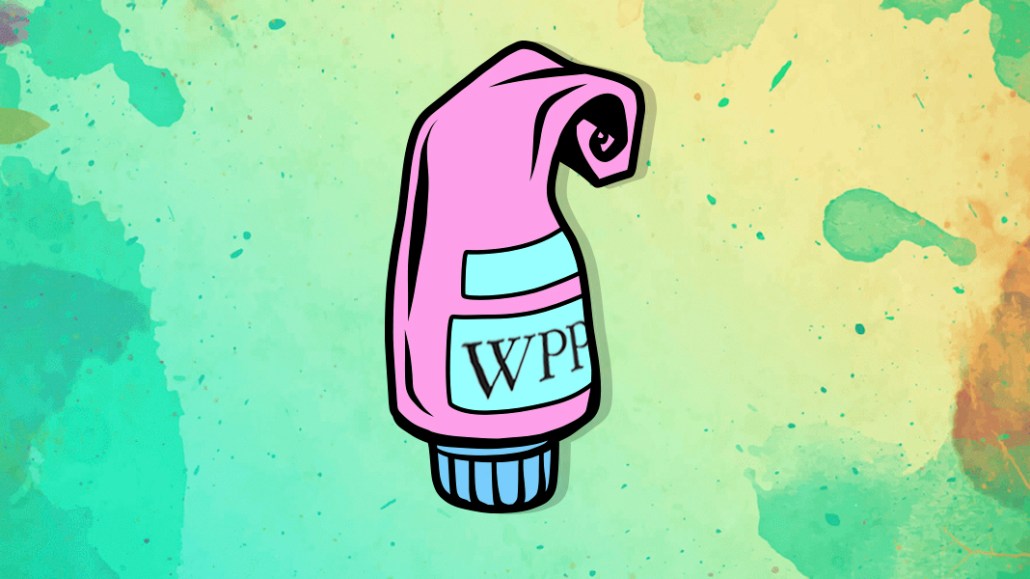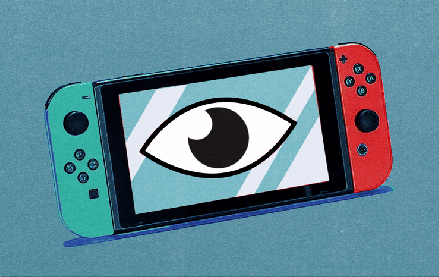
WPP’s new CEO Mark Read has revealed his plan to ease pressure on the beleaguered advertising group. Rather than reinvent itself, WPP will gradually pivot toward high-margin services that are more consultative and creative for clients. Advertisers still need agencies, said Read, but are “frustrated” with the current services they get.
He outlined his plan during his response to WPP’s interim results, which were announced today. Here are the key takeaways.
Creating economies of scale in light of lower media margins
WPP has too many companies, said Read. In some instances a client is meeting with five different agencies, he said, and those WPP executives in the room “end up talking to themselves.” Clients aren’t prepared to keep paying for that fragmented service now that they think they can do some of what agencies do themselves. Read’s response to that pressure is to axe some of the group’s lesser known agencies and co-locate more of the remaining ones. Doing so means he can reduce administration and back office costs, which will please shareholders, while also fostering more collaboration between agencies without muddying the positioning of each agency brand.
“We’re not trying to manage 400 different independent companies, so I’m not sure why we have to have 400 different independent brands,” said Read. “We need enough brands to manage client conflict but not so many that it makes the business impenetrable to understand.”
Getting paid for for consultancy, rather than execution when it comes to data and ad tech
WPP’s approach to technology and data is set to undergo a reversal of sorts under Read. Rather than owning data, the holding group looks set to enter into relationships with companies to effectively borrow the data, which doesn’t cost as much, and in could make makes the business cash rich.
“If you’re realistic about being in a world with Google, Facebook and Alibaba then it’s unrealistic to think that we can own a meaningful, disproportionate share of the world’s data that clients are going to come to us for,” said Read.
He had a similar view on WPP’s earlier efforts to own ad tech, which have been spearheaded through its own trading desk Xaxis, alongside its stake in demand-side platform AppNexus. MediaCom, for example, is already building technology on top of ad tech at Facebook, Google and Amazon to make it easier for advertisers to control their investments.
“I don’t think we can realistically compete with Google and other companies in building fundamental ad tech,” said Read. “We need to be the best people at integrating that technology.”
This reflects a shift in the marketing sector from owning data to consulting on the use of it.
“Marcoms is a service industry and with the rapidly shifting dynamics around data, not least the impact of the General Data Protection Regulation,” said Tristan Rice, partner at M&A advisory SI Partners. “It makes more sense to focus on value-add services than maintaining and leveraging assets, which the big tech firms are much better-placed to do.”
Advertisers need agencies to help them take more marketing in-house
Read sees the rush from big brands to try and do what they pay agencies to do themselves as an opportunity, not a threat. When those brands realize how expensive it is to trade media or create ads internally, they’ll come back to agencies said Read. There’s money to be made for the holding groups if they’re able to unload more of the operational,, low-margin services to clients and retain the more strategic, expensive services they can mark-up.
Mars, for example, picked MediaCom to handle its $1.5 billion media account in part because WPP had Amazon expertise that it couldn’t really own. The holding group is building a specialist division in Seattle that will house 200 people who will advise clients on how to spend media budgets on the marketplace, as well as understand how to create content, design stores and understand the supply chain.
Clients will always be able to hire someone to start a business but whether they’ll be able to provide that individual with a career path and development is another thing,” said Read. “If you think we have a tough time competing with Google and Facebook for talent, then imagine you’re running another type of business that’s less attractive to those people than WPP.”
Weaknesses at creative agencies will be addressed
WPP needs to have stronger creative agencies, said Read. The WPP CEO suggested that the shift of spend from traditional advertising to digital had stunted the performance of creative agencies, while more expansive agencies like Wunderman had prospered. WPP’s creative agencies are under pressure, said Read.
The group’s biggest client — Ford — has put its creative work up for review and its creative networks — Grey, JWT, Ogilvy and Y&R — are not as dominant as they once were.
“I suspect you will see some creative agencies being sold off with perhaps WPP creating a sub-holding company, similar to what Group M is for media agencies, for creative agencies to ensure a better infusion of creativity through the network and to enhance network collaboration, said Andy Maher, managing partner at growth advising firm Endeavour.
Read hinted at changes along those lines.
“I don’t know that it makes sense to combine two creative agencies with each other or two media agencies with each other,” he said. “I’d prefer to think about the structure of the growth so that the businesses we have are positioned to grow and that may mean combining capabilities in different ways so that clients have access to the full range of services within a brand.”
More in Media

Digiday+ Research: Subscriptions and events gain steam among publishers’ most significant sources of revenue
Direct-sold ads continue to be the dominant source of publishers’ revenue as we move out of the first quarter. But other revenue sources are gaining in importance, particularly subscriptions and events.

Media Briefing: Apple News ad monetization still ‘abysmal’ for some
Publishers still can’t make meaningful ad revenue from Apple News despite its push to sell more ad inventory.

Andre ‘Typical Gamer’ Rebelo hits 1 million followers on Fortnite
As Epic Games looks to establish Fortnite as an alternative to platforms such as Roblox for metaverse-interested brands, seeing an individual creator reach one million followers could help convince more marketers to turn their attention to Fortnite Creative.







